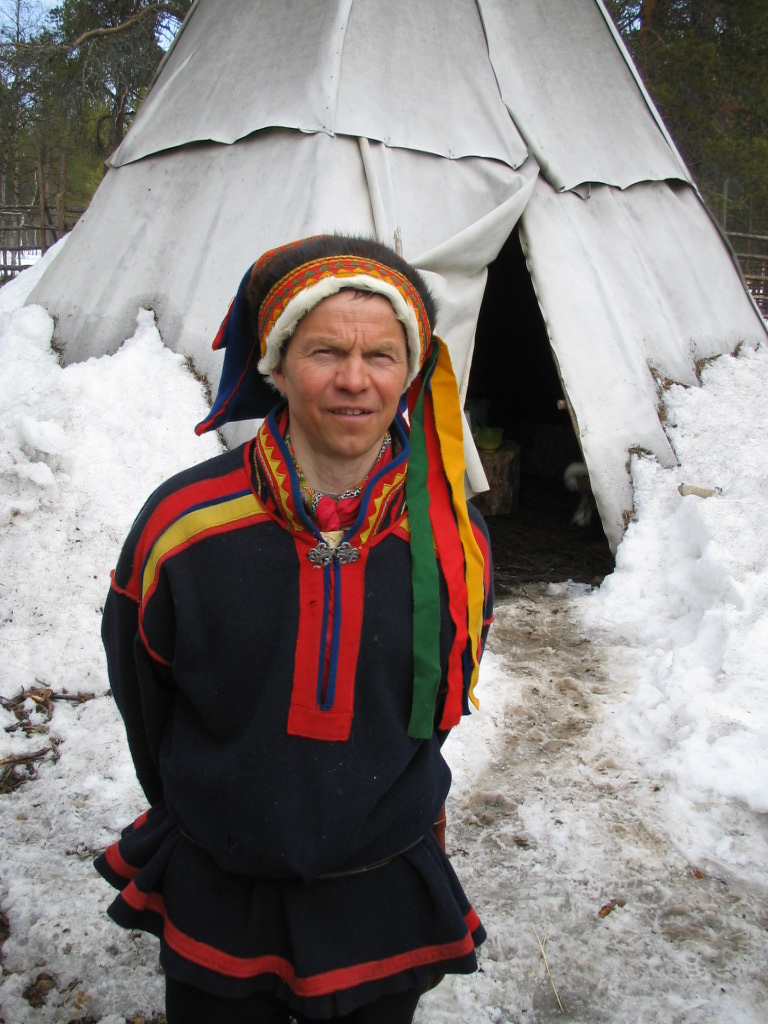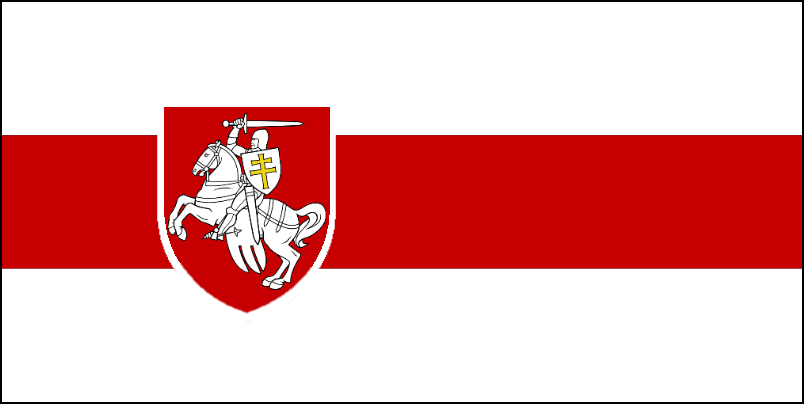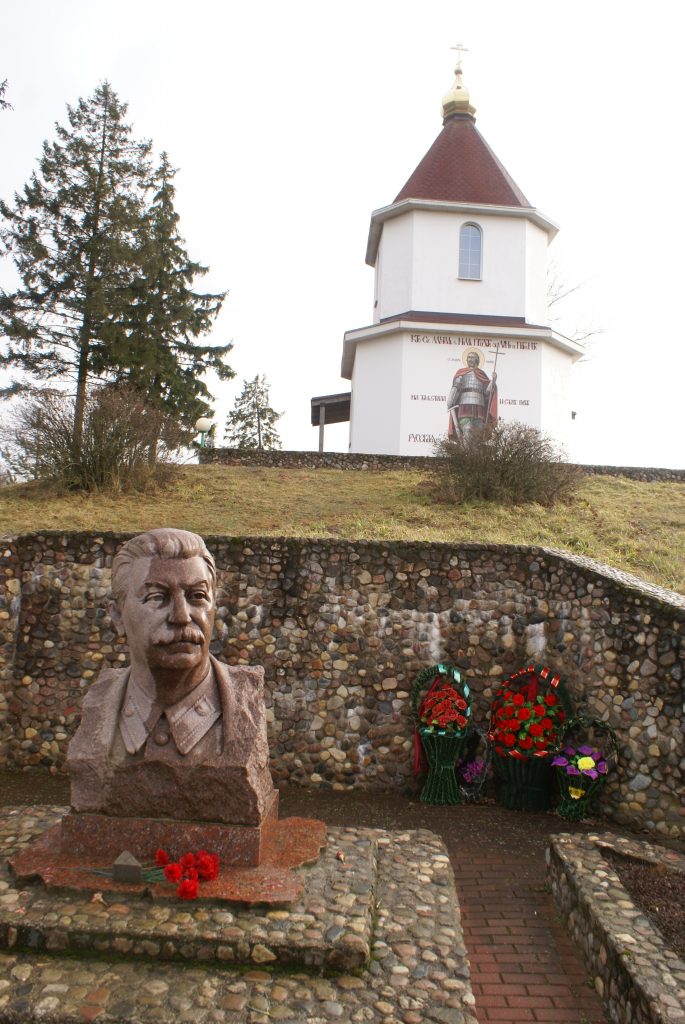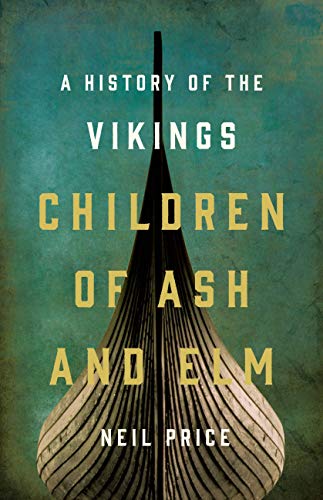Nicole Kidman, Alexander Skarsgaard and Willem Dafoe are among the actors in the eagerly awaited Viking epic The Northman. The idea for the film, which is apparently about a Viking prince seeking revenge in Iceland, can be traced to a dinner party that Björk held some years ago. Director Robert Eggers and his wife were on a trip to Iceland and, like anyone would, expressed interested in meeting Björk. Unlike most people, however, they were summarily invited for salmon at the Björk residence, even if they had never met before. Björk also invited her friend and sometime collaborator Sjón to the dinner. It turned out Sjón was a big fan of Eggers debut film The Witch, and Eggers was similarly a fan of Sjón’s 2008 novel In the Mouth of the Whale. Both, as it happens, are about 17th century belief in magic, where the supernatural is ingrained in the world view of the characters. This led to the two collaborating on the screenplay for the upcoming film where, as previously mentioned, Björk will play the role of a Slavic witch. This marks the songstress’ first foray into acting since Lars Von Trier’s Dancer in the Dark from 2000, and one of few examples of Vikings interacting with Slavs on the big screen. In an interview with Icelandic National Radio, Sjón said he would rather fail to do a Viking film with Eggers than anyone else. The film will no doubt attempt to capture the Viking mindset in a manner not previously seen.
You can hear the interview here, where Sjón also talks about the movement of myths from east to west, from Asia to Europe, in the past 8000 years (Icelandic only). https://www.ruv.is/utvarp/spila/lestin/23619/923ea3




